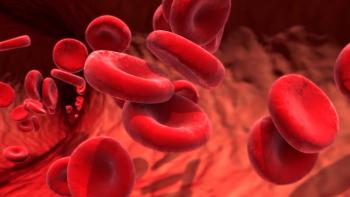
Laser Capture Microdissection and cDNA Array Analysis of Endometrium Identify CCL16 and CCL21
Understanding the pathophysiology of chemokine secretion in endometriosis may offer a novel area of therapeutic intervention. This study aimed to identify chemokines differentially expressed in epithelial glands in eutopic endometrium from normal women and those with endometriosis, and to establish the expression profiles of key chemokines in endometriotic lesions.
Reproductive Biology and Endocrinology 2007
An
Published 17 May 2007
Background
Understanding the pathophysiology of chemokine secretion in endometriosis may offer a novel area of therapeutic intervention. This study aimed to identify chemokines differentially expressed in epithelial glands in eutopic endometrium from normal women and those with endometriosis, and to establish the expression profiles of key chemokines in endometriotic lesions.
Methods
Laser capture microdissection isolated epithelial glands from endometrial eutopic tissue from women with and without endometriosis in the mid-secretory phase of their menstrual cycles. Gene profiling of the excised glands used a human chemokine and receptor cDNA array. Selected chemokines were further examined using real-time PCR and immunohistochemistry.
Results
22 chemokine/receptor genes were upregulated and two downregulated in pooled endometrial epithelium of women with endometriosis compared with controls. CCL16 and CCL21 mRNA was confirmed as elevated in some women with endometriosis compared to controls on individual samples. Immunoreactive CCL16 and CCL21 were predominantly confined to glands in eutopic and ectopic endometrium: leukocytes also stained. Immunoreactive CCL16 was overall higher in glands in ectopic vs. eutopic endometrium from the same woman (P < 0.05). Staining for CCL16 and CCL21 was highly correlated in individual tissues.
Conclusion
This study provides novel candidate molecules and suggests a potential local role for CCL16 and CCL21 as mediators contributing to the inflammatory events associated with endometriosis.
References:
Article available in
Reproductive Biology and Endocrinology 2007, 5:18 doi:10.1186/1477-7827-5-18The electronic version of this article is the complete one and can be found online at:
© 2007 Chand et al; licensee BioMed Central Ltd.
This is an Open Access article distributed under the terms of the Creative Commons Attribution License (
Newsletter
Get the latest clinical updates, case studies, and expert commentary in obstetric and gynecologic care. Sign up now to stay informed.










